This July 4-5, DAC member states have the opportunity to dramatically reform the transparency and accountability of their nutrition commitments, thereby increasing confidence that commitments are being kept and that member states are making progress towards achieving World Health Assembly global nutrition targets and SDG2. There will never be a better time to produce an accurate and reliable accounting of nutrition investments.
The proposal presented on March 23 by the OECD secretariat to DAC members addresses two types of spending: 1) ‘nutrition specific interventions’, which directly address malnutrition and are reported under the DAC’s Common Reporting Standard (CRS) “basic nutrition” code (12240); and 2) ‘nutrition sensitive spending’, which addresses the underlying causes of malnutrition and accelerates progress of nutrition-specific interventions. Despite the fact that nutrition-sensitive spending comprises the bulk of nutrition investments, the CRS system does not currently track it.
Minor adjustments to the basic nutrition code, 12240
CRS code 12240 as it currently stands does not accurately capture nutrition-specific investments; leading to over or under-estimations in donor ODA to nutrition. Some minor corrective adjustments can be made to align the code with evidence based nutrition-specific interventions, thereby providing a direct link between funding and on-the-ground results. DAC donors should amend the list of nutrition actions within 12240 to include only the 10 direct nutrition interventions that are scientifically proven effective by the Lancet journal1 and the World Health Assembly.2
Accounting for nutrition-sensitive investments
Despite a bulk of nutrition related spending being allocated to nutrition-sensitive sectors such as agriculture, WASH, health, education, and social protection, much of these investments remain untraceable or unclear within the current CRS for nutrition.
Several donors report nutrition-sensitive investments according to the “Scaling Up Nutrition (SUN) donor methodology”3, but this reporting is neither applied universally nor consistently. To avoid underestimations in financing for nutrition, and better link resources to nutrition impact, three options (a marker, a new methodology with predefined imputed percentages and the creation of a new purpose code) have been presented, the most suitable being the creation of a new “nutrition-sensitive aid” CRS code, along with the adoption of a multiple purpose code system. A multi-purpose code system can provide a better understanding of nutrition-sensitive investments which cut across multiple sectors, thus allowing for a more clear assessment of financial gaps which need to be filled.
Approving the proposal
This review process will bring greater transparency, accuracy, and uniformity to the tracking of donor investments for nutrition. It will also strengthen accountability, and improve quality and availability of data on nutrition investments and outcomes. Donors should thus approve the amendment of CRS code 12240, the introduction of a new “nutrition-sensitive aid” CRS code, and the introduction of a multi-purpose code system at the July 2016 meeting of the WP-Stat. These steps will contribute to faster progress to achieving global nutrition targets and the SDG2 goal to end malnutrition in all its forms by 2030.
We urge you to seize the opportunity to significantly increase transparency and accountability in tracking ODA in nutrition.
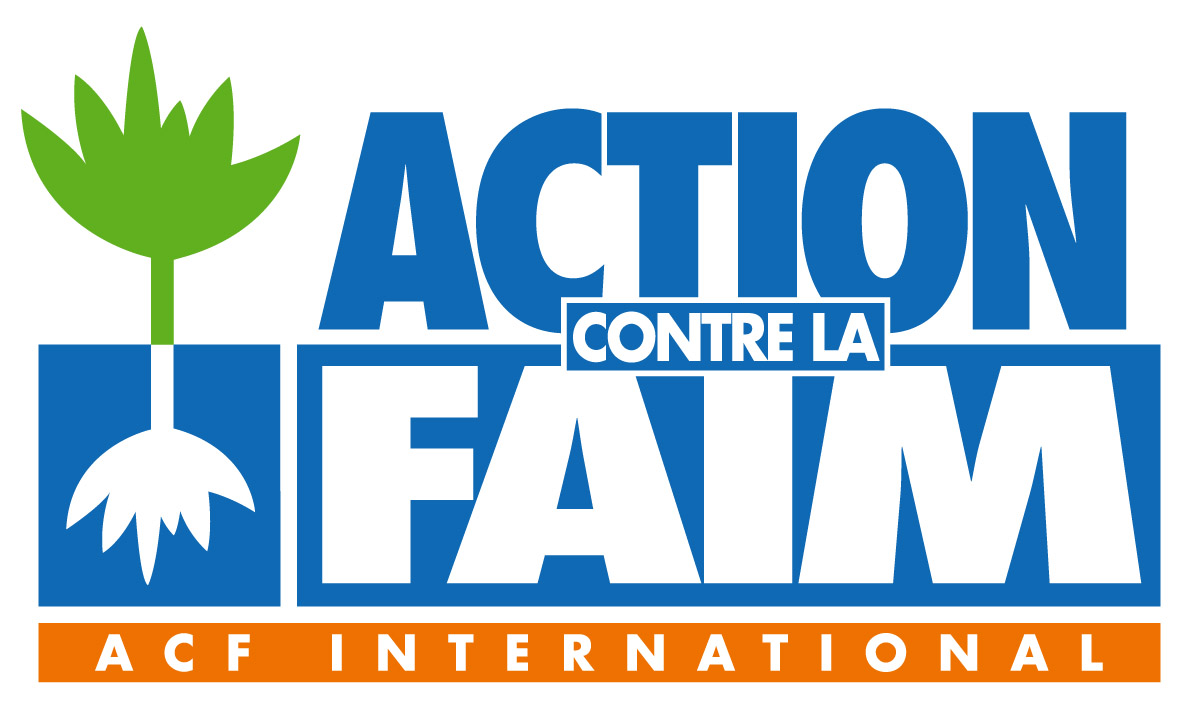
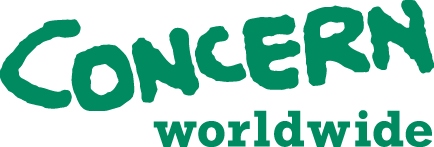




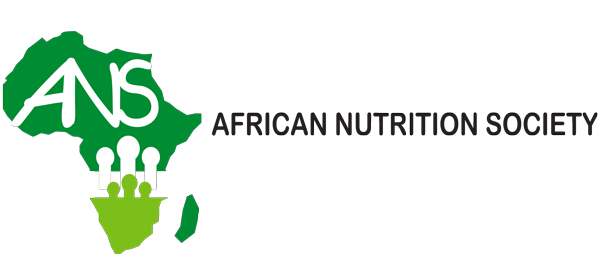
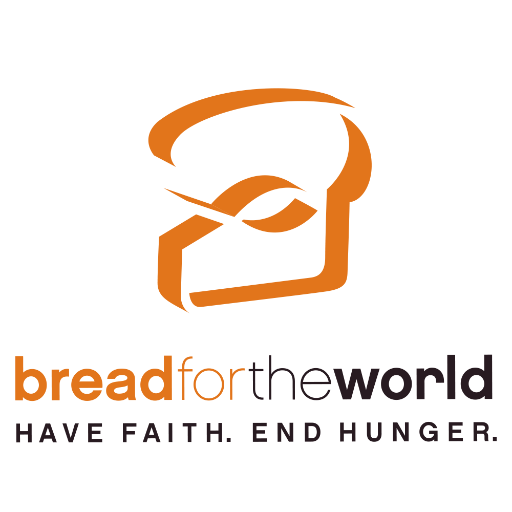
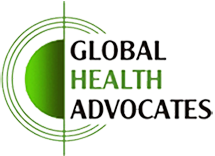



 Contact
Contact